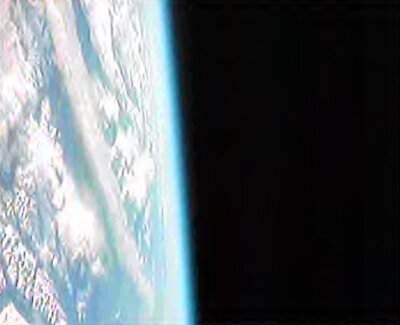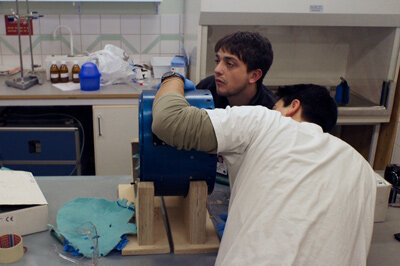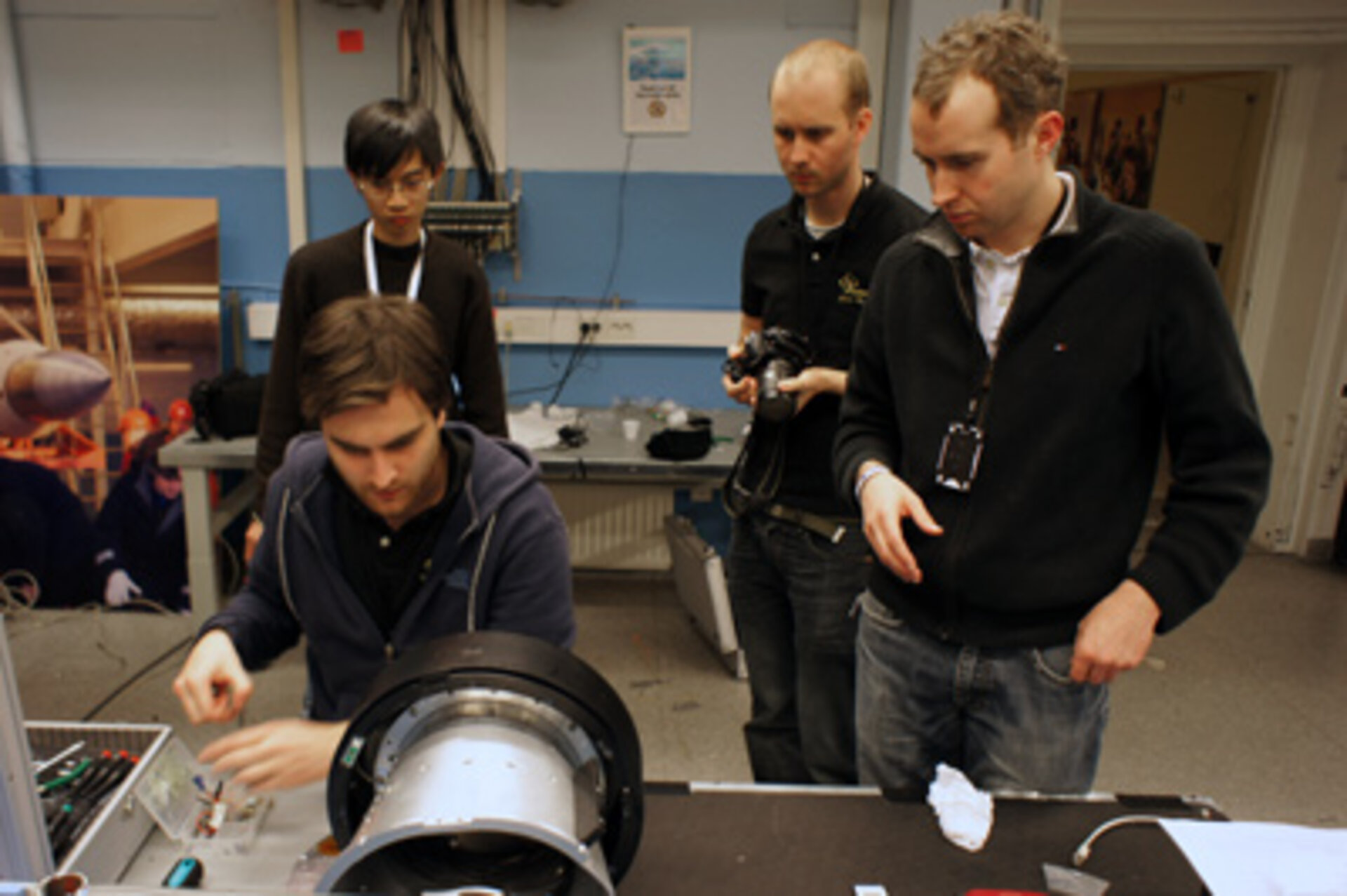REXUS 11 and 12 students met the challenges of a real launch
Launching rockets, as well as engaging in any space mission, is always a tricky matter, and space engineers are very aware of it.
Likewise, the REXUS 11 & 12 students professionally withstood a partial malfunctioning of the REXUS 12 sounding rocket and the consequent delay of the REXUS 11 launch, decided in order to allow technical investigations to take place.
The final preparations for the first launch began as normal on Sunday 18 March, when the sounding rocket was rolled out to the launch pad and mounted onto the launch rail. After this, the REXUS 12 teams were assembled for the so-called Flight Readiness Review, where they give the final go-ahead for launch.
Once the safety officers at the Esrange Science Centre in Kiruna, Sweden, had given the go-ahead, the teams set up their ground stations at the site. On 19 March, a full test countdown was conducted, with the safety systems still installed in each experiment.
The so-called ‘hot’- or real - countdown began at 13:00 on 19 March, culminating in the launch of REXUS 12 two hours later. After a flight lasting approximately 7 minutes, the recovery system was activated as normal. Unfortunately an anomaly occurred which prevented the parachute recovery system from deploying properly.
As a result, the experiment modules hard landed, although the impact was partly cushioned by a thick bank of snow. The retrieval helicopter was able to locate the experiment modules which were then collected and returned back to the student teams, so that they were able to analyse their hardware and the data recorded during the flight.

The two ESA-sponsored experiments on board REXUS 12 experienced mixed fortunes. A loss of telemetry led to concern over whether the Suaineadh experiment had correctly deployed its space web from the spinning central assembly. However, the data recovered from their experiment memory cards enabled the students to confirm that the central hub and daughter (CHAD) section of the experiment were deployed outside the rocket and that the radio communications between the CHAD and the experiment module on the rocket had functioned properly, enabling the transfer and the recording of telemetry data and pictures.
In particular, several pictures were retrieved by the Suaineadh students, including photos of the Earth surface as seen from CHAD after it separated from the rocket. Unfortunately, the CHAD module has yet to be recovered, as its GPS signal was not received by the retrieval helicopter crew.

No results were obtained from the REDEMPTION experiment due to an unexplained power failure that occurred at the moment of lift-off. Nonetheless, the majority of the mechanical systems - including the foam deployment system - survived the hard landing without loss of fluid, and apparently they can still generate foam when powered.
After a preliminary investigation into the reasons for the rocket recovery system malfunction the launch authority in Kiruna- EuroLaunch - decided to postpone the REXUS 11 launch to a later date. The five experiment modules on board – including three ESA-sponsored experiments - were dismounted and placed in storage until a new launch opportunity arises.
“The student teams in Kiruna had anyway a very positive experience,” said Piero Galeone, responsible for ESA’s university education projects. “Through the REXUS 11 & 12 experience so far, not only did they successfully achieve the design, building and launch preparation objectives of their experiments, but they also faced what can happen in space missions, that is recovering from unexpected difficulties and get ready to go ahead at the next opportunity.”
Background
The REXUS/BEXUS (Rocket and Balloon EXperiments for University Students) programme takes place under a bilateral Agency Agreement between DLR Space Administration and the Swedish National Space Board. The Swedish share of the payload is made available to students from other European countries through a collaboration with ESA.
EuroLaunch, a collaboration between the Esrange Space Centre of SSC and the Mobile Rocket Base (MORABA) of DLR, is responsible for the campaign management and operations of the launch vehicles. Experts from ESA, SSC and DLR provide technical support to the student teams throughout the project.




